We are living in the customer demand-driven world. However, the demand patterns vary considerably from period to period and become a challenge to accurate sales forecasts. Fortunately, businesses can now improve their sales forecasting processes thanks to Machine Learning (ML) and Artificial Intelligence (AI). Here’s how!
RELATED: How To Use Locl’s Insights To See How People are Finding Your Google Listing
In this article:
- What is Sales Forecasting?
- Benefits of Sales Forecasting to SMBs
- Conventional Sales Forecasting Approaches
- Improve Sales Forecasting with ML and AI
- The Current Trend of ML and AI-Based Sales Forecasting
Sales Forecasting Improvement with ML and AI
What is Sales Forecasting?
Sales forecasting is a system that estimates future sales volumes. To put it simply, this system identifies how much of a product will sell within a “future” period, at what price, and in what market.
Forecasts are made typically based on:
- Data collected over time
- Industry Trends
- Current Status of the sales pipeline
Sales forecasting acts as a baseline for informed business decisions and anticipation of weekly, monthly, quarterly, or yearly sales revenue rather than a firm prediction itself.
Benefits of Sales Forecasting to SMBs
An accurate forecast helps businesses make informed decisions based on the prediction of short and long-term performances. Some of the main areas it plays a crucial role in:
- Supply/Demand Planning: firms can decide to increase/reduce supply to meet demand, earn profits without surplus, and predict the same for future ventures based on conclusive databases and forecasts.
- Marketing Planning: the prospects of forecasts signal marketers to ramp up their campaigns, redirect targeting, change product positioning or re-evaluate the market. Forecasts also help with quarterly or yearly marketing budgets and serve as the benchmark for a whole campaign.
- Business Health Measurement: revenues that are far behind forecasts imply the business’s poor performance and potential managerial issues.
Sales Forecasting Approaches
Traditionally speaking, forecasts are made based on either quantitative analysis or qualitative analysis, or a combination of both:
- Quantitative Forecasting (also called Objective Analysis): is often the preferred method of operations and developed using a bottom-up approach.
- Qualitative Forecasting (also called Managerial/Judgmental Analysis): is usually the choice of marketing groups and developed using a top-down approach.
Traditionally speaking, forecasts are made based on either quantitative analysis or qualitative analysis, or a combination of both: Say your primary marketing objective is to ensure sufficient supply (qualitative approach) while the operation’s goal is minimizing inventory (quantitative approach). This is the long-standing tension between these two approaches where forecasting errors occur. Nevertheless, it also presents an opportunity to leverage Machine Learning and Artificial Intelligence in revenue predictions.
Improve Sales Forecasting with ML and AI

Some AI systems commonly used in sales forecasting processes include:
- Neural Networks: consists of several nodes that act as input processing calculators and pass the results to other network nodes. Neural Nets can forecast employee turnover by category based on the managerial level, the firm’s tenure, or gender.
- Belief Networks: use a tree format for database description – generate conditional probabilities for different future outcomes. For instance, based on conventional variables such as marketing, R&D budgets, consumer concerns, or other market signals, Belief Networks can estimate the chances of various product sales levels.
- Expert Systems: compile all available knowledge and rules to make predictions. For example, weather forecasts are made based on current temperatures, season, humidity levels, and geographic regions.
The Current Trend of ML and AI-Based Sales Forecasting
In the meantime, the demand for Machine Learning and Artificial Intelligence applications in Forecasting is rapidly growing. US businesses account for more than two-thirds of an approximately $900 million global AI market (Artificial Intelligence Techniques Enhance Business Forecasts By Owen P. Hall, Jr., PE, Ph.D.).
Some representative samples of effective AI-based analytics include Walmart (Supply Chain Optimization), IBM (Staff Retention), Under Armour (Audience Extension), and Point Defiance Zoo & Aquarium (SMB Growth).
Machine Learning and Artificial Intelligence are fast gaining momentum in the field of sales forecasting. Being an aid rather than a hindrance to salespeople, these technologies orchestrate better business forecasts and increase the chance of successfully sealed deals
Are you SMB owners who had difficulty navigating through 2020?
Leave Locl a message. We will get the conversation started. Or sign up here for free! (No credit card required)
UP NEXT:

